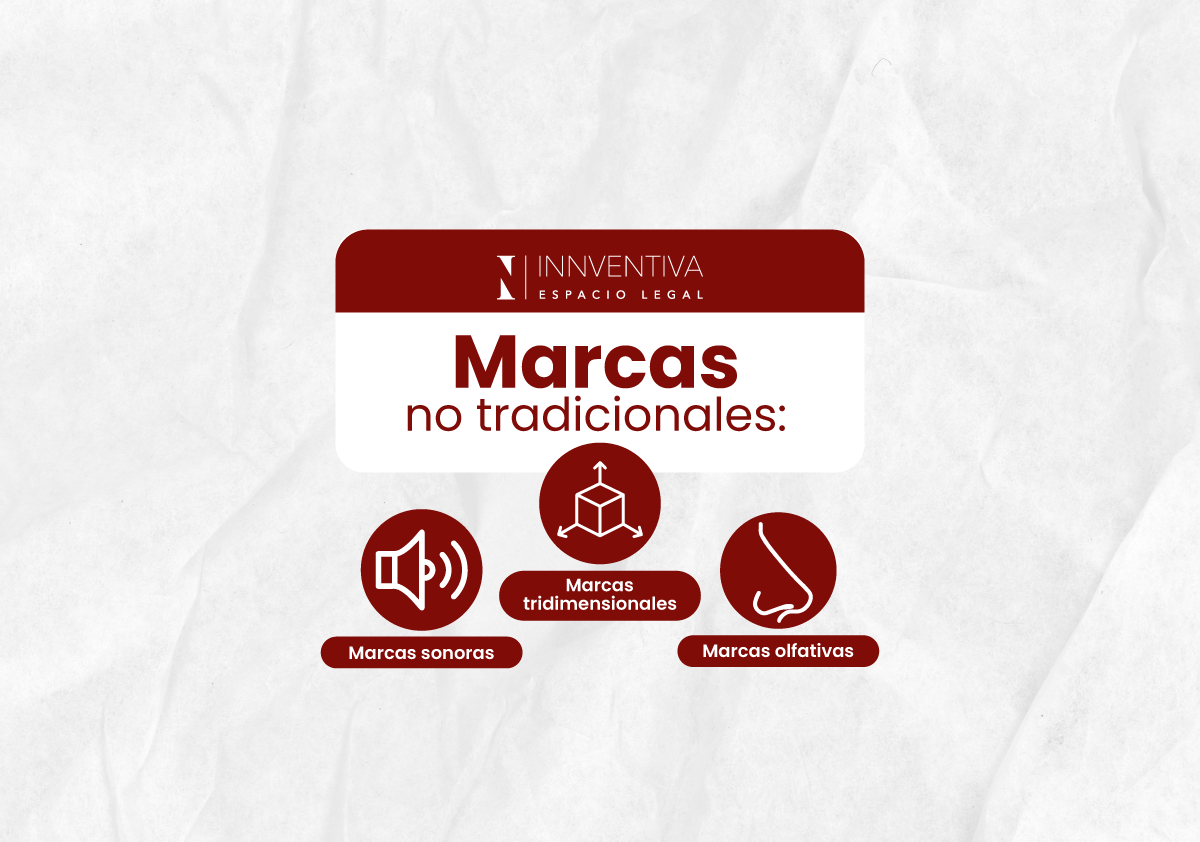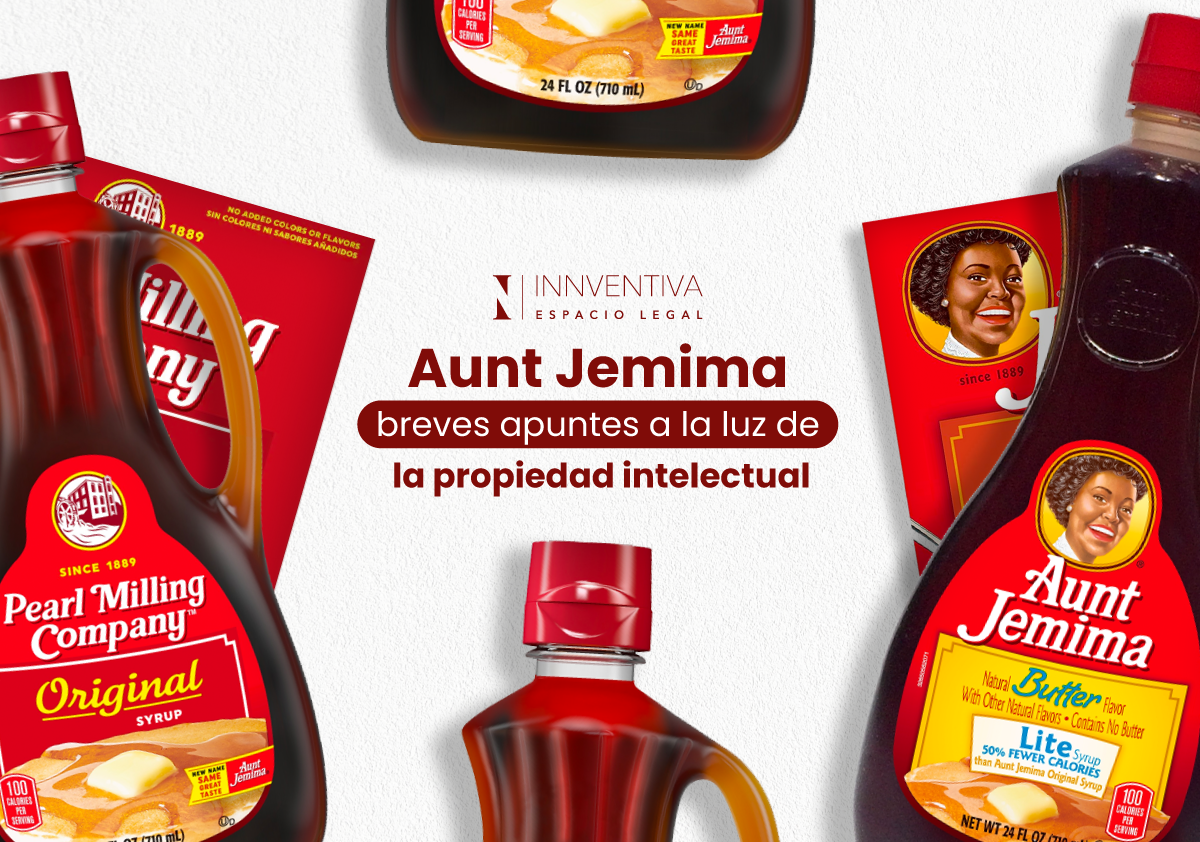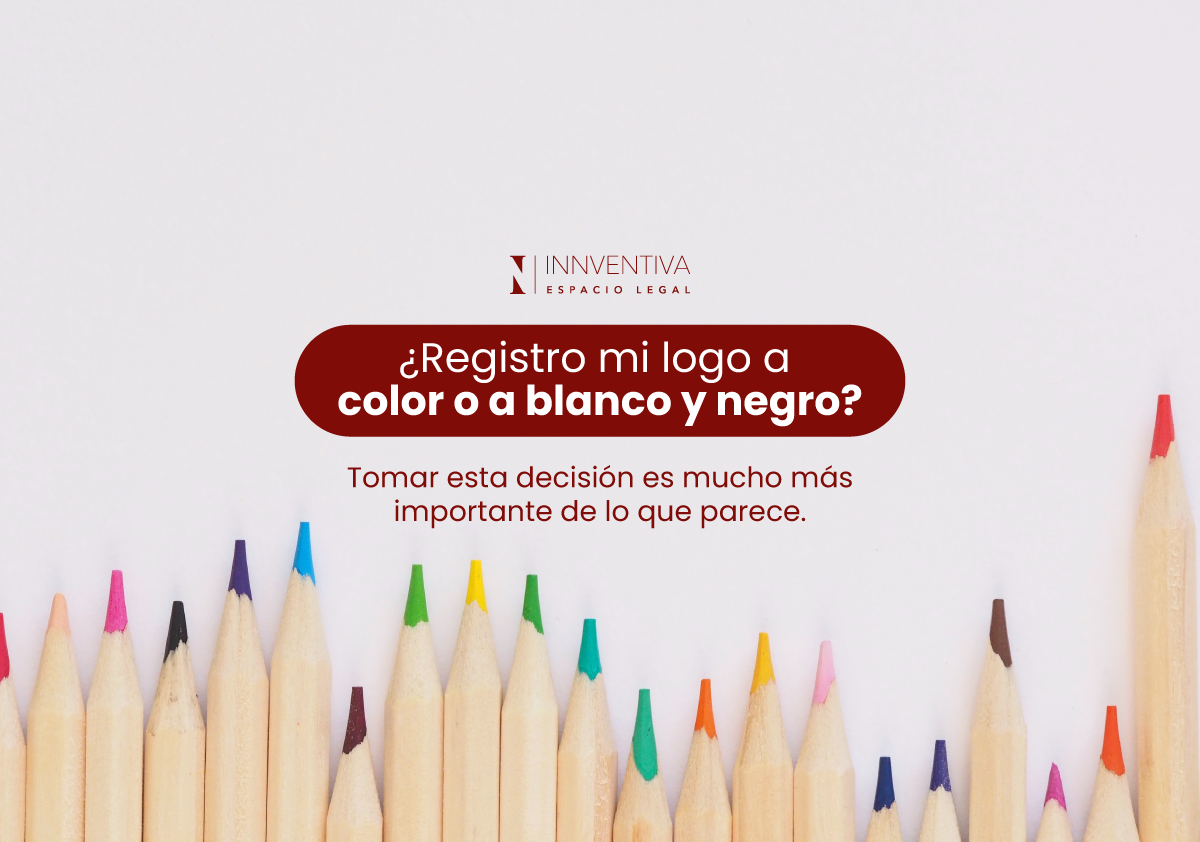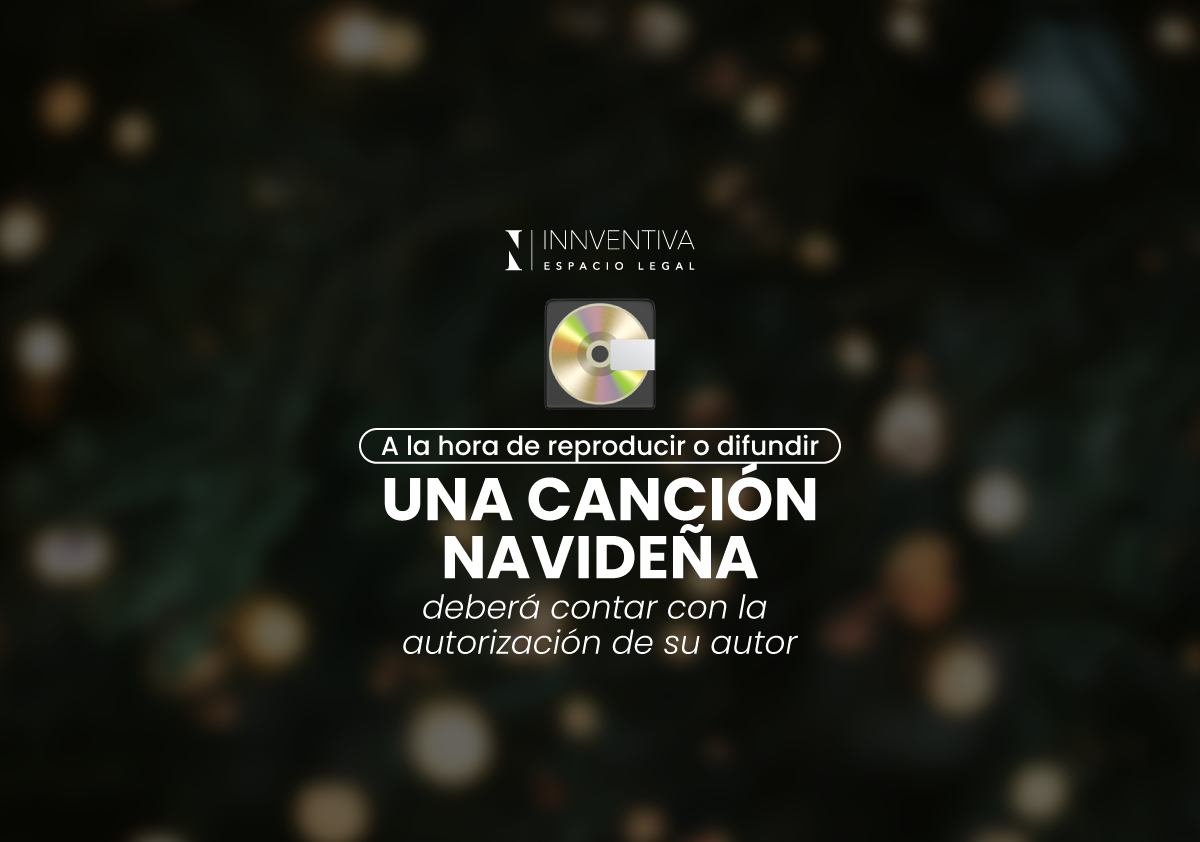Non-traditional trademarks
Everyone knows that the way to differentiate one business or brand from another is not only through the sign that bears the name. Words, numbers, logos, are the types of marks that we commonly know and that every business owner must register.
To further mark the difference, it is possible to notice how businesses have implemented marketing strategies for consumers to remember and recognize them through other senses, such as hearing and smell. That’s why trademark laws, in this case, those of the Dominican Republic, regulate this particular aspect.
So yes, it is possible to register as a trademark: shapes, sounds, and smells as long as they meet the distinctiveness requirement. That is, those shapes, sounds, or smells are not intrinsic to the product or service, nor are they commonly used in the relevant sector.
Three-dimensional trademarks
These are those that protect the shape of a product, its packaging, or wrappers. Examples of this are the pyramidal shape of Toblerone chocolate, the Coca-Cola glass bottle, the Bic lighter, among others.
To register this type of mark, it is necessary to present images of the 3 dimensions (height, length, and depth) of the product, and in some cases, a sample of the product may be required. The key to obtaining approval and registration of this type of mark is that it is not a shape commonly used in the industry it represents.
Sound trademarks
These marks consist of sounds or musical notes. This is the case of the Harley Davidson, the roar of the Metro-Goldwin-Mayer Lion Corporation (MGM), and if you are Dominican, you must recognize the laughter of the broadcaster Jochy Santos, whose laughter is registered as a trademark.
In these cases, it is necessary to deposit:
- The description of the sound.
- A medium (CD or DVD) containing the analog or digital recording of the sound to be registered as a mark.
- A musical staff or a phonogram (optional).
If a musical staff is deposited, the ONAPI will send a copy to the National Conservatory of Music for the purpose of verifying that the description corresponds to the sound.
Olfactory trademarks
These are composed of odors or fragrances. If every time you open a Play-Doh package you perceive the same smell and it brings back your childhood memories, it’s no coincidence. It’s THEIR registered trademark. Another example is the smell of freshly cut grass from Vennootschap Onder tennis balls.
Thanks to olfactory marks, these particular smells serve to distinguish products and services and remind us of a particular brand.
In this case, to meet the requirement that the mark must be susceptible to graphic representation, the owner must present the chemical formula of the aroma, accompanied by its description and a sample of the smell.
Why a non-traditional mark?
If traditional marks are assets of businesses in general, imagine what it can mean to have an unusual intangible asset that distinguishes your business. One that brings your brand name to the minds of your consumers just by seeing a certain shape, or perceiving smells or hearing specific sounds.
Undoubtedly, this type of distinctive feature takes brands to another level, and of course, intellectual property had to be present to ensure exclusivity.
If you have or would like to have a non-traditional [or traditional] mark in your business, you should know that each case is different and will require personalized assistance to determine availability, NICE classification, and other important details. You can write to us at info@innventivalegal.com so that together we can ensure your brand and other intangibles of your business.
Written by the Innventiva Legal team. If you want to learn more about this and other intellectual property topics or receive legal assistance for your new projects, write to us at info@innventivalegal.com







